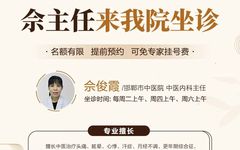There is a famous saying in Traditional Chinese Medicine (TCM): “When the righteous qi is within, evil cannot invade.” Only when the balance of Yin and Yang is achieved in our body can the righteous qi exist properly. So how can we ensure the balance of Yin and Yang in the body? Professional physicians suggest paying attention to the following eight aspects.
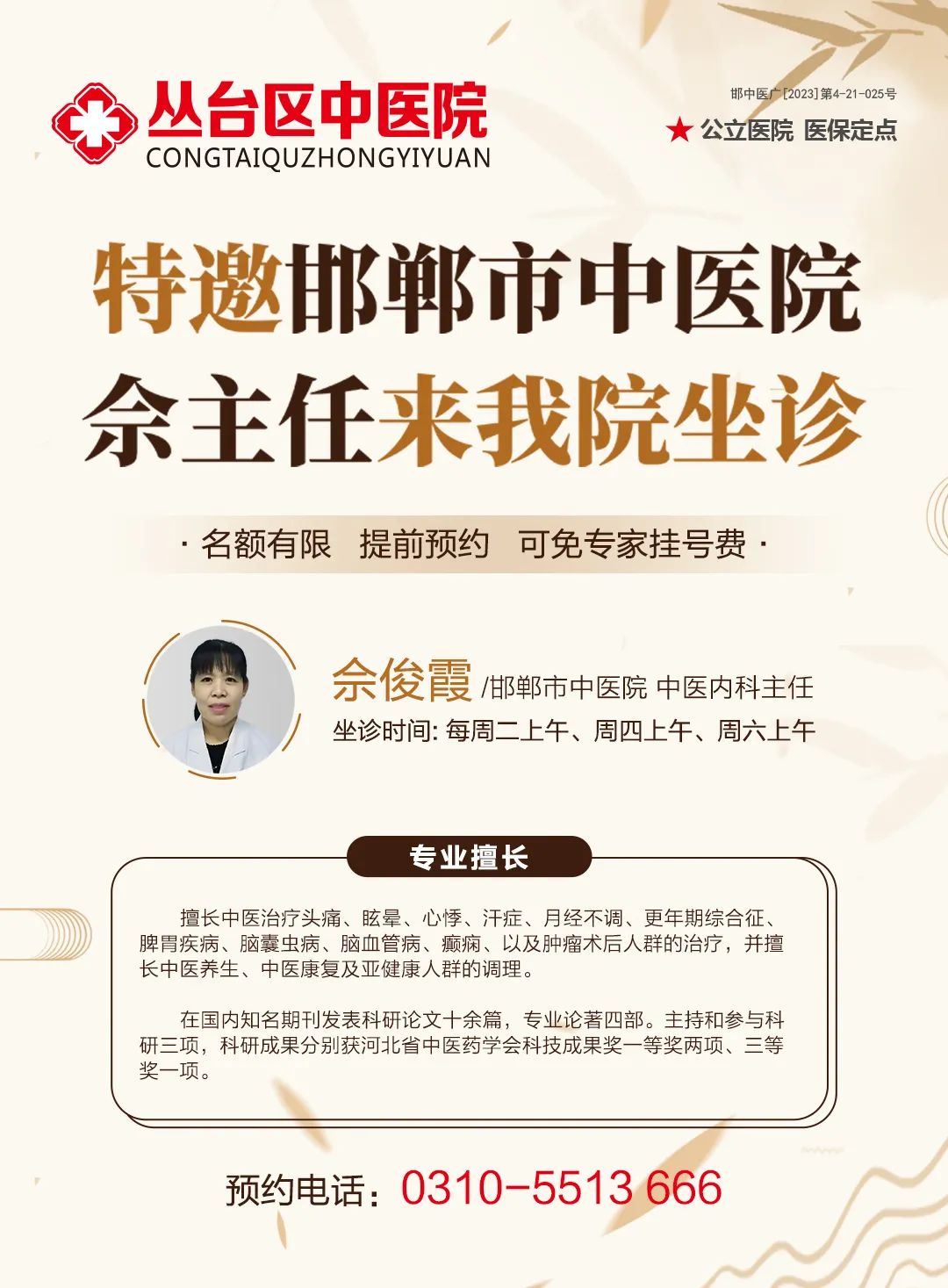
01
Follow Seasonal Changes
In daily life, one should adjust their lifestyle according to the seasonal climate changes. Following the principles of health preservation in spring (sheng), summer (zhang), autumn (shou), and winter (cang), one should regulate their daily routines, maintain a balanced diet, and sleep on time. Combine this with the 24-hour cycle of organ function to enhance personal immunity.
02
Regulate Emotions
The mental state is an internal environmental factor of the body. A stable internal environment helps retain the righteous qi within, naturally boosting immunity. TCM emphasizes “tranquility and emptiness,” which highlights the importance of maintaining a peaceful mindset, treating everything with equanimity, avoiding excessive worry and negative emotions.
03
Moderate Diet
Many people have a misconception about health preservation: “What can I eat to strengthen my weak spleen and stomach?” In fact, a balanced and regular diet, avoiding both hunger and overeating, and not being picky with food is the best way to regulate the spleen and stomach. It is essential to consider the balance of Yin and Yang in diet. Attention to detail in food preparation and ingredient selection, in accordance with seasonal changes, is necessary, and incorporating TCM herbal dishes can be beneficial.
04
Consistent Exercise
There are many forms of exercise. Activities that leave the body and mind feeling relaxed and can be sustained over the long term are beneficial for health. Ancient practices such as Daoyin, Baduanjin (Eight Pieces of Brocade), Yijinjing (Muscle-Tendon Change Classic), Wuqinxi (Five Animal Frolics), and Tai Chi are suitable for all ages. Setting small exercise goals and consistently working towards them will enhance physical fitness and naturally improve immunity. It is important to note that the goal of TCM exercise is not merely weight loss but rather achieving a balance of physical and mental well-being.
05
Foot Soaking
Also known as foot baths, this method can be combined with appropriate herbal washes and is a commonly used health preservation technique. It has the effects of promoting blood circulation, dispelling dampness and toxins, calming the heart and mind, and can enhance blood circulation and metabolism, achieving health benefits.
06
Moxibustion
Moxibustion is one of the external treatment methods in TCM, commonly used to prevent and treat various pains caused by cold pathogens in the neck, shoulders, waist, and legs. Applying moxibustion to specific acupuncture points can harmonize qi and blood, regulate meridians, nourish organs, and enhance immunity. Moxibustion primarily relies on the warming stimulation of specific body areas, which can enhance local blood and lymph circulation. It is easy to perform at home, requiring only 10-20 minutes per session, selecting one acupuncture point at a time, and switching to another the next day. It is advisable to drink warm water before and after moxibustion, and avoid performing it immediately after meals, intense exercise, or bathing. For disease treatment, it should be conducted under a physician’s guidance.
07
Self-Massage
Self-massage is also an excellent TCM health preservation method. Spending ten minutes daily on this practice can yield significant results over time. Below are several effective acupuncture points for self-massage from the perspective of organ health: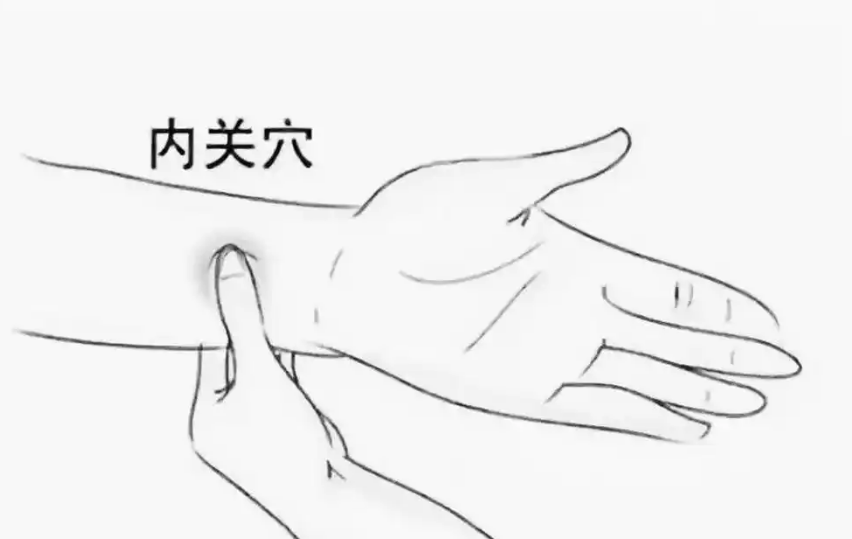 ① Neiguan (Pericardium 6): Located on the palmar side of the forearm, on the line connecting Quze (Pericardium 3) and Daling (Pericardium 7), 2 inches above the wrist crease, between the tendons of the palmaris longus and the radial flexor of the wrist. Commonly used in modern treatment for angina pectoris, myocarditis, arrhythmia, gastritis, and hysteria.
① Neiguan (Pericardium 6): Located on the palmar side of the forearm, on the line connecting Quze (Pericardium 3) and Daling (Pericardium 7), 2 inches above the wrist crease, between the tendons of the palmaris longus and the radial flexor of the wrist. Commonly used in modern treatment for angina pectoris, myocarditis, arrhythmia, gastritis, and hysteria.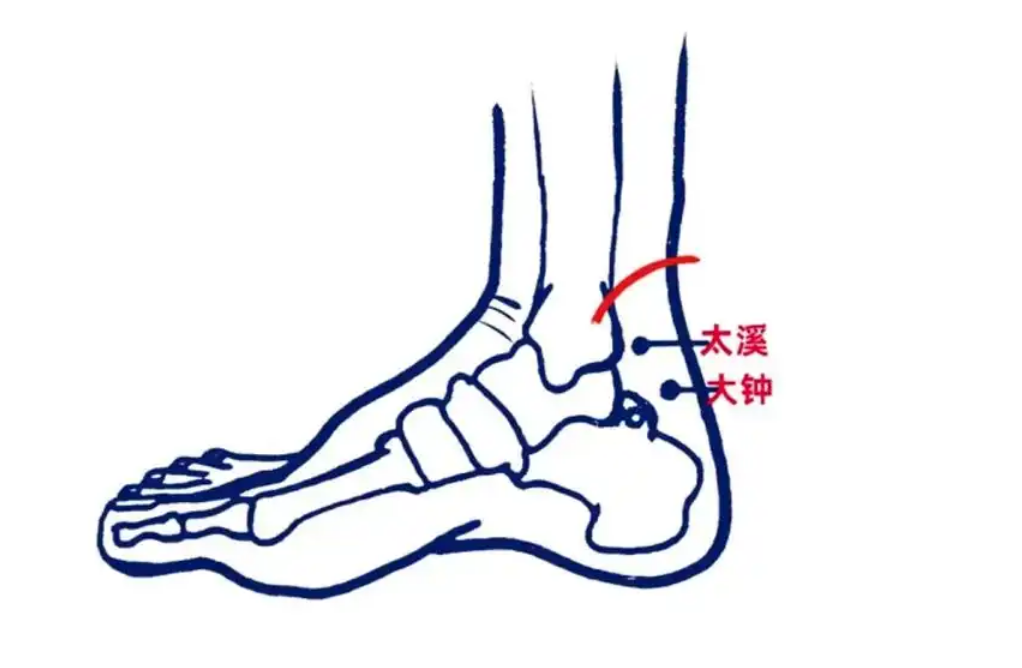 ② Taixi (Kidney 3): Located on the inner side of the foot, in the depression between the inner ankle and the Achilles tendon. Commonly used to prevent and treat toothache, sore throat, asthma, bronchitis, cold hands and feet, arthritis, and rheumatic pain.
② Taixi (Kidney 3): Located on the inner side of the foot, in the depression between the inner ankle and the Achilles tendon. Commonly used to prevent and treat toothache, sore throat, asthma, bronchitis, cold hands and feet, arthritis, and rheumatic pain.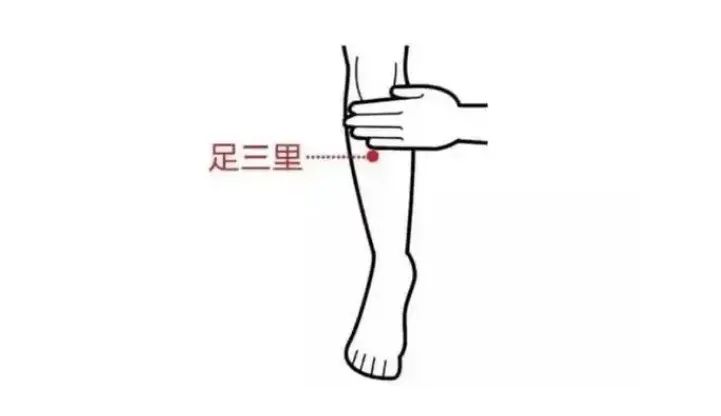 ③ Zusanli (Stomach 36): Located on the outer side of the lower leg, 3 inches below the knee cap. It is used to treat gastrointestinal disorders, lower limb paralysis, mental disorders, surgical conditions, and deficiency syndromes. It can be pressed with the thumb or a massage stick, and can also be combined with moxibustion. Due to the thick muscles in the lower leg, more pressure can be applied compared to the previous two points, but care should be taken to breathe and feel the pressure.
③ Zusanli (Stomach 36): Located on the outer side of the lower leg, 3 inches below the knee cap. It is used to treat gastrointestinal disorders, lower limb paralysis, mental disorders, surgical conditions, and deficiency syndromes. It can be pressed with the thumb or a massage stick, and can also be combined with moxibustion. Due to the thick muscles in the lower leg, more pressure can be applied compared to the previous two points, but care should be taken to breathe and feel the pressure.
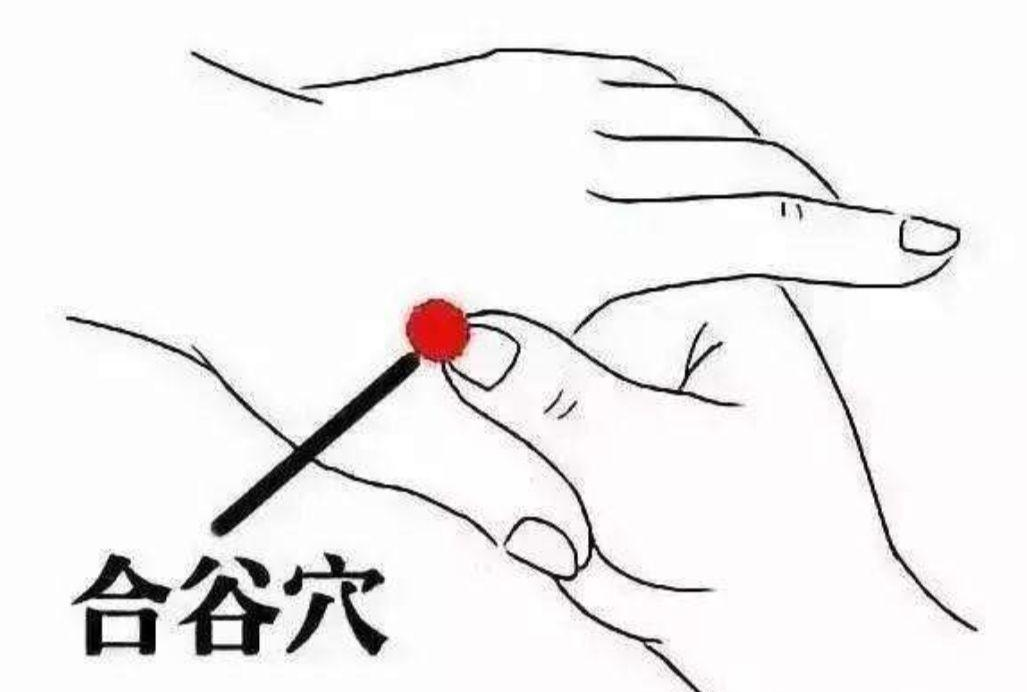
④ Hegu (Large Intestine 4): Located on the back of the hand, between the first and second metacarpal bones, at the midpoint of the radial side of the second metacarpal bone. It can be used for emergency pain relief for various pain conditions, as well as for symptoms like motion sickness and nausea.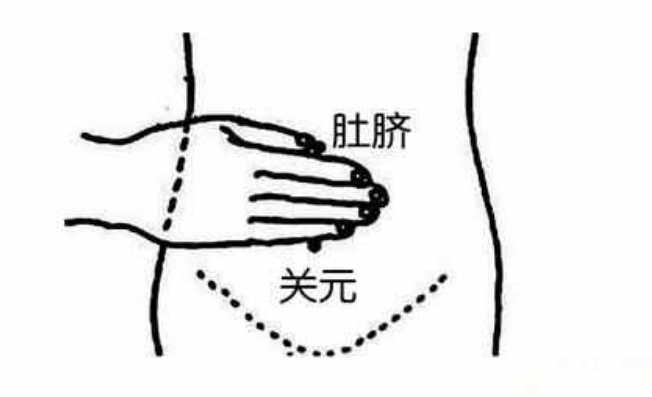 ⑤ Guanyuan (Conception Vessel 4): Located in the lower abdomen, on the anterior midline, 3 inches below the navel. It is suitable for the treatment and health care of reproductive system diseases. Combining it with moxibustion enhances its health benefits.
⑤ Guanyuan (Conception Vessel 4): Located in the lower abdomen, on the anterior midline, 3 inches below the navel. It is suitable for the treatment and health care of reproductive system diseases. Combining it with moxibustion enhances its health benefits.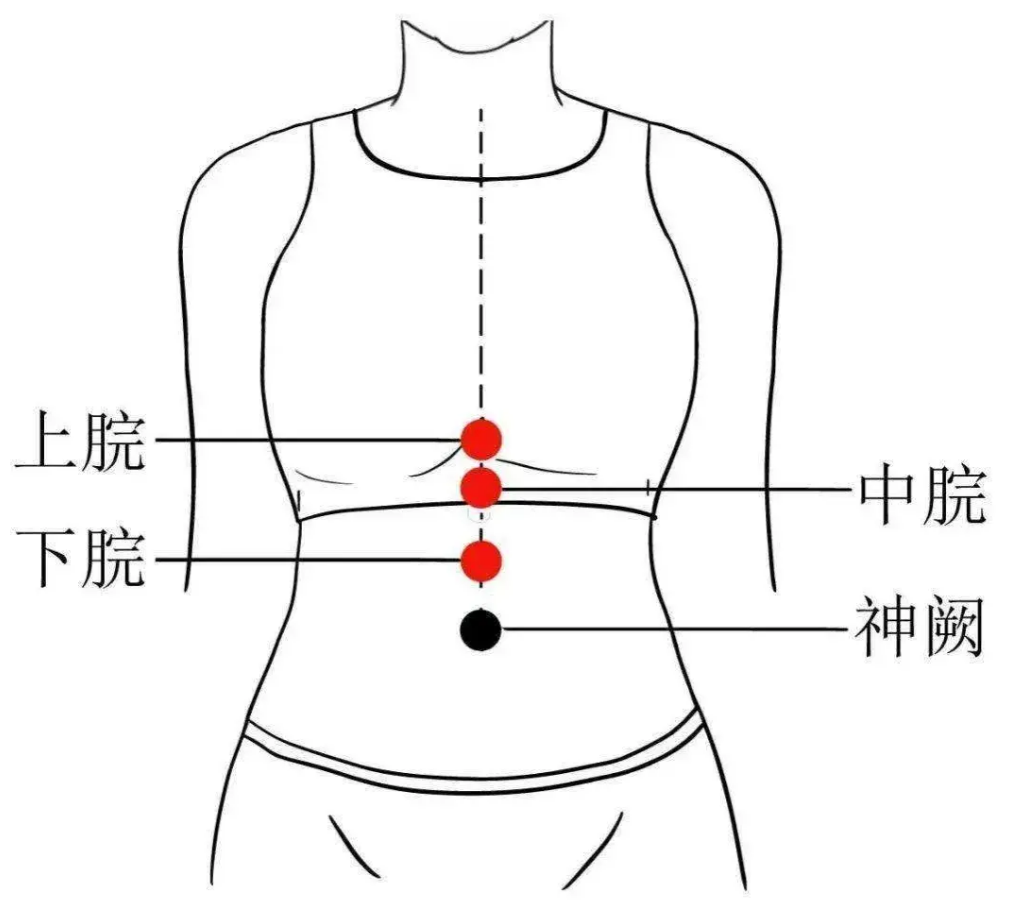 ⑥ Zhongwan (Conception Vessel 12): The midpoint of the line connecting the xiphoid process and the navel. This point is primarily used for digestive system diseases such as bloating, diarrhea, abdominal pain, borborygmus, acid reflux, vomiting, constipation, and jaundice. It is also effective for general stomach issues, loss of appetite, dizziness, tinnitus, acne, fatigue, and neurasthenia. Massaging this point half an hour after meals yields better results, and the pressure should not be too strong to avoid nausea or pain.
⑥ Zhongwan (Conception Vessel 12): The midpoint of the line connecting the xiphoid process and the navel. This point is primarily used for digestive system diseases such as bloating, diarrhea, abdominal pain, borborygmus, acid reflux, vomiting, constipation, and jaundice. It is also effective for general stomach issues, loss of appetite, dizziness, tinnitus, acne, fatigue, and neurasthenia. Massaging this point half an hour after meals yields better results, and the pressure should not be too strong to avoid nausea or pain.
08
TCM Herbal Regulation
In addition to home care, one can seek professional treatment at a TCM hospital. Based on individual constitution, appropriate treatment plans can be selected, including herbal decoctions, pills, pastes, granules, and prescription herbal dishes. Physical therapies such as acupuncture, cupping, guasha, physiotherapy, and tui na (Chinese therapeutic massage) can also be employed to enhance immunity and maintain a healthy body.
Note:This article is sourced from the internet, and the copyright belongs to the original author. Sharing this article is for the purpose of dissemination and learning. For copyright issues, please contact for removal.The various prescriptions and formulas mentioned in this article are for reference and learning purposes only; non-professionals should not use them blindly!

